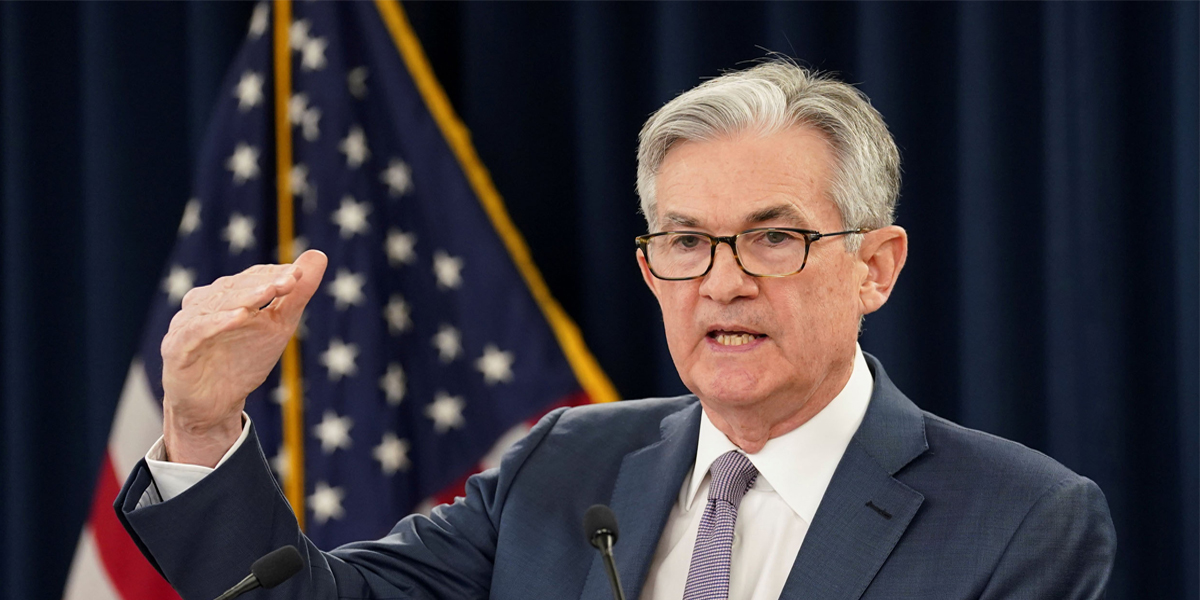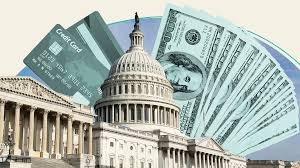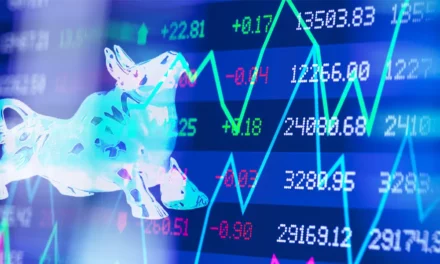As if it did not have enough to worry about with soaring inflation and the rising cost of living, the United States government is keeping an eye on the darker side of the country’s financial sector: mostly unregulated companies which, surprisingly, provide over half of all consumer and business credit in the US.
During the last global financial crisis in 2008, the Federal Reserve imposed several regulations requiring traditional banks to hold additional capital in reserve, essentially creating a buffer against losses. But while this has improved the safety of the likes of Goldman Sachs and JPMorgan Chase, such regulations have not kept hedge funds, asset managers, and – more recently – financial technology (fintech) firms from taking risks as they don’t need to comply with most of the necessary disclosure requirements asked from traditional institutions.
These firms are considered an asset to the national economy; unfortunately, they have a reputation for being problematic. Indeed, a number of these “shadow banks” have borrowed money left and right, and their rampant acquisition of assets puts them in a precarious situation in times like these when the economy is not in its best shape.
The Problem with Private Lending
Private lending is one of the areas currently worrying analysts. The US private lending market is now worth roughly $1.5 trillion and is giving junk bonds a run for their money as it has become a key source of corporate funding.
Interestingly, the biggest investors in this particular market are state pension plans, particularly from wealthier states like Arizona, California, and New York. These pension plans invested in such funds in a bid to earn higher returns when interest rates were much lower; however, such funds are known to issue loans to iffy high-risk companies as well as those gunning for corporate takeovers.
Despite this, borrowers would rather deal with private lending firms instead of conventional banking firms as it is easier to borrow more based on their earnings. For one thing, the Fed discouraged banks from lending to either companies or individuals if there is the possibility of a loan driving debt higher than over six times their earning capacity.
But a number of private credit funds continue to exceed the Fed’s limit and most private loans have floating interest rates.
While, at present, it is unlikely that the private lending sector will be in crisis mode any time soon, experts have noted that cracks are appearing in the system – and the potential repercussions stand to have adverse effects on the economy.















